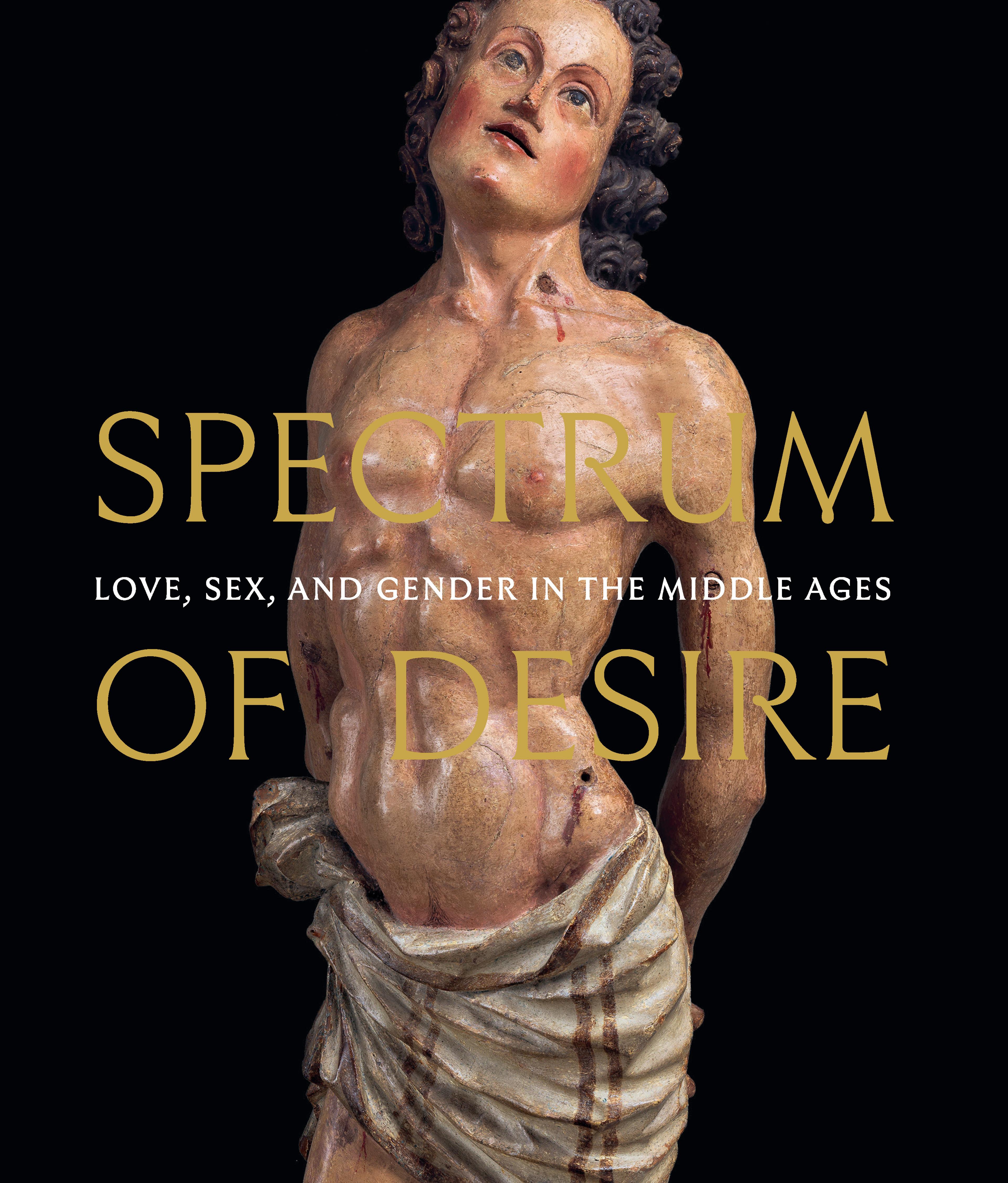Italiano
Scrigno con scene tratte da romanzi cavallereschi
Il coperchio di questo scrigno, che raffigura scene tratte dai racconti del ciclo arturiano e di altri poemi cavallereschi, descrive l’assalto al metaforico Castello dell’amore con un torneo e i cavalieri che lanciano rose dalle catapulte. Il pannello sul davanti illustra due scene toccanti tratte dalla tragedia di Piramo e Tisbe, a destra, mentre sulla sinistra vediamo Aristotele che insegna ad Alessandro Magno e due scene di Fillide a cavallo sulla schiena di Aristotele. Le estremità illustrano Tristano e Isotta; un cacciatore che uccide un unicorno; un cavaliere che porta in salvo una dama; infine Galahad mentre riceve la chiave del castello. Sul retro sono raffigurate scene di Lancillotto e Gawain e le fanciulle che accolgono con gioia il loro liberatore.
Artwork Details
- Titolo:Scrigno con scene tratte da romanzi cavallereschi
- Data:ca. 1310-30
- Area geografica:Parigi
- Cultura:Francese
- Materiale e tecnica:Avorio d'elefante
- Dimensioni:10,9 x 25,3 x 15,9 cm
- Crediti:Cofanetto: dono di J. Pierpont Morgan, 1917; pannello anteriore: The Cloisters Collection, 1988
- Numero d'inventario:17.190.173a, b; 1988.16
- Curatorial Department: Medieval Art and The Cloisters
More Artwork
Research Resources
The Met provides unparalleled resources for research and welcomes an international community of students and scholars. The Met's Open Access API is where creators and researchers can connect to the The Met collection. Open Access data and public domain images are available for unrestricted commercial and noncommercial use without permission or fee.
To request images under copyright and other restrictions, please use this Image Request form.
Feedback
We continue to research and examine historical and cultural context for objects in The Met collection. If you have comments or questions about this object record, please contact us using the form below. The Museum looks forward to receiving your comments.
